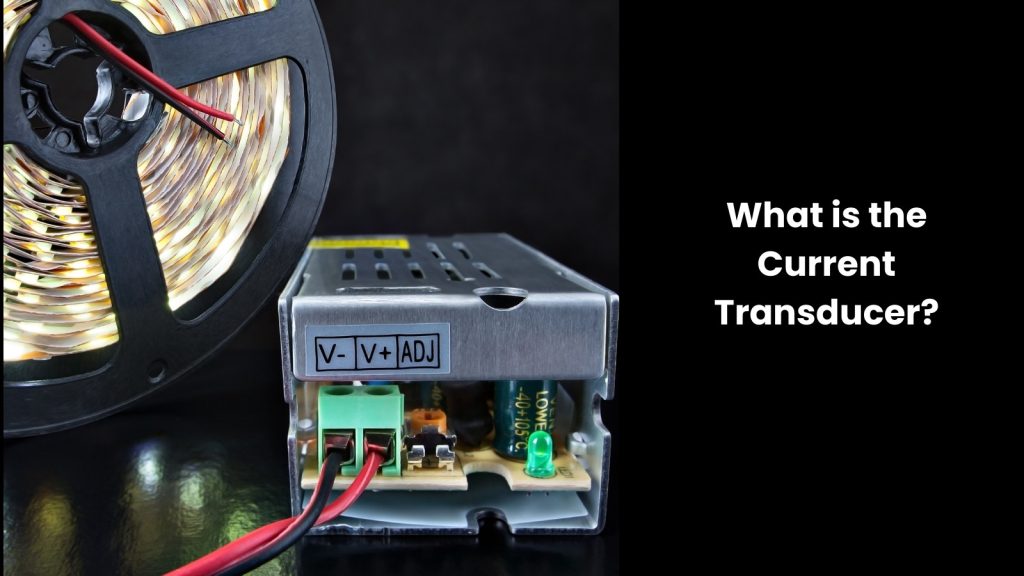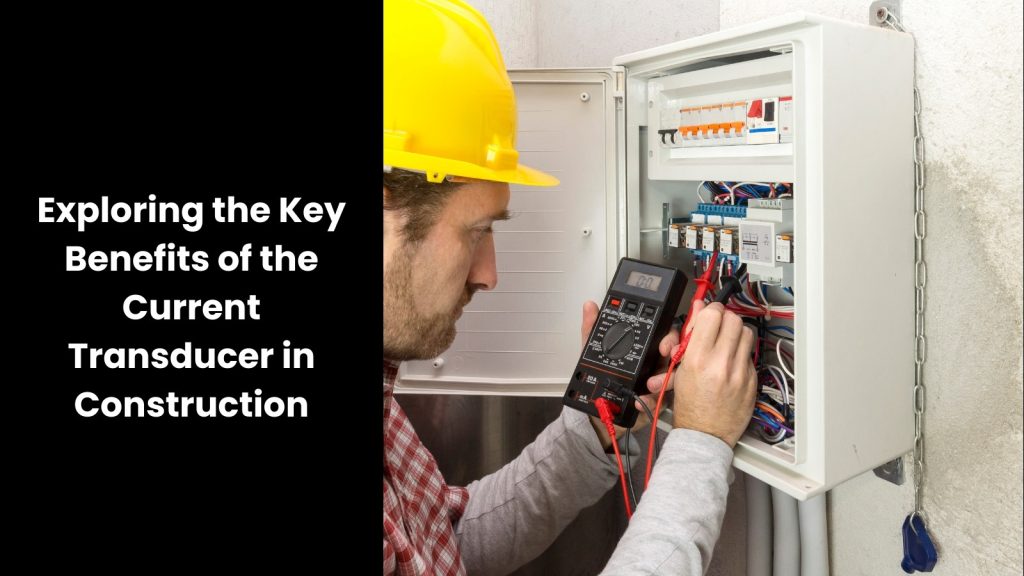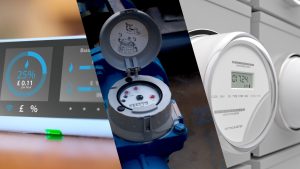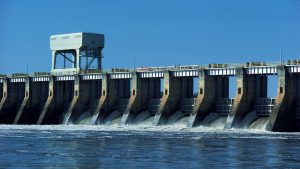Ensuring safety and efficiency in construction is an ongoing battle. The most challenging situation here is that the traditional methods for monitoring electrical systems can be cumbersome and disruptive. But what if there was a solution that offered real-time insights without breaking the bank? This is where the current transducer enters the scenario as the best solution. This powerful element of the construction world is revolutionising the way we manage electrical loads, prevent costly downtime, and prioritise worker safety.
In this article, we discover the top benefits of current transducers, showcasing how they can empower your construction projects to reach new heights of success.
What is the Current Transducer?

- This is a type of device used in electrical systems to measure and convert electrical current into a proportional electrical signal that can be easily interpreted and utilised by other devices or systems.
- It usually consists of a sensor or coil that detects the magnetic field generated by the current flowing through a conductor, such as a wire or cable.
- How this functions is interesting to explore. This magnetic field induces a voltage or current in the sensor, which is then processed to provide an accurate representation of the original current.
- Why are they so popular? Current transducers are essential in various applications, including industrial automation, power distribution systems, and construction projects. Not to mention that they play a crucial role in monitoring and controlling electrical currents, ensuring equipment operates within safe limits, and facilitating efficient energy usage.
- Modern current transducers generally incorporate advanced features such as digital outputs, remote monitoring capabilities, and integration with software systems for real-time data analysis and control.
- As they can provide reliable measurements of current flow, these devices contribute to the safety, efficiency, and reliability of electrical systems in diverse environments, supporting both operational performance and regulatory compliance.
Exploring the Key Benefits of the Current Transducer in Construction

Power Quality Analysis
You know that power quality is critical for construction equipment as it directly influences the efficiency, reliability, and safety of electrical systems on-site. Poor power quality can lead to various challenges, such as equipment malfunctions, increased downtime, and even safety hazards.
Power quality analysis is the number one feature of current transducers. This plays a central role in preventing these issues. Since they can monitor parameters like harmonics and voltage fluctuations, current transducers permit construction managers to identify irregularities in the electrical supply.
This early detection allows for proactive measures to be taken, such as adjusting equipment settings or implementing corrective actions to maintain stable power conditions.
As we know, when construction machinery operates without proper quality power, it risks overheating, reduced lifespan, and potential breakdowns, which can significantly impact project timelines and costs.
Therefore, ensuring consistent and clean power through power quality analysis is a must-have feature for sure. The latter not only enhances equipment performance but also minimises the risk of damage and operational disruptions.
This way, current transducers contribute to this process by providing accurate and real-time data on current levels and power quality parameters in the construction.
Fault Detection and Diagnostics
Australia is a country where they give much attention to fault detection in advance. The construction industry in Australia is no exception in this case.
The current transducer is a component that ensures the timely identification and resolution of electrical issues that could otherwise lead to significant disruptions and hazards on site.
Since this element supports proper fault detection and diagnostics, it plays a key role in preventing these challenges. It can continuously monitor electrical currents, parameters like voltage fluctuations, and current transducers. With this ability, they can swiftly detect abnormalities such as short circuits or ground faults.
This capability allows construction managers to take immediate corrective actions, minimising downtime and improving overall project productivity. Without effective fault detection and diagnostics, construction machinery is vulnerable to prolonged downtime, increased repair costs, and potential safety risks for workers.
On the other hand, malfunctions that occur due to undetected faults can halt operations, delay project timelines, and incur additional expenses for repairs and replacement of damaged equipment. Therefore, integrating current transducers for fault detection offers a proactive approach to maintenance in the construction industry in Australia, ensuring equipment operates reliably and safely.
Load Balancing
This particular equipment ensures that electrical circuits distribute power evenly, preventing overloads and maintaining system reliability. The latter’s capacity to offer proper load balancing plays a critical role in preventing challenges on construction sites.
It goes like this: These transducers monitor current flow across different circuits, allowing construction managers to adjust loads dynamically. This capability prevents situations where certain circuits draw excessive power, potentially causing overheating, circuit breaker trips, or equipment damage.
Imagine what would occur if there was no effective load balancing! Yes, construction machinery will be susceptible to uneven power distribution, leading to inefficiencies, increased energy consumption, and premature wear on electrical components.
In a way, inefficient load distribution can also result in power surges or dips, impacting equipment performance and potentially causing operational delays. Therefore, integrating current transducers for load balancing provides a proactive approach to managing electrical loads.
It is a good thing that these devices offer real-time monitoring and data analysis capabilities. It goes without saying that the latter enables construction teams to optimise energy usage, enhance equipment lifespan, and ensure consistent performance across the site in the Australian domain.
Predictive Maintenance
It is common knowledge that proper maintenance is essential for construction equipment as it ensures optimal performance, extends lifespan, and minimises costly breakdowns.
This is where Predictive Maintenance, facilitated by current transducers, plays a crucial role in preventing challenges on construction sites.
These transducers provide continuous data on equipment performance and health, analysing trends in electrical current usage. This data permits construction managers to predict when maintenance is needed before issues escalate, allowing for proactive scheduling of repairs and replacements.
If there are no predictive actions, construction machinery will face an increased risk of unexpected failures. This will lead to unplanned downtime, delays in project timelines, and higher repair costs. Plus, equipment might operate inefficiently or even suffer permanent damage if underlying issues go unnoticed and untreated.
Therefore, integrating current transducers for predictive maintenance offers a strategic advantage in construction management. These devices enable real-time monitoring and analysis of electrical performance, empowering Australian construction companies to implement timely interventions and optimise equipment reliability.
Energy Efficiency
Saving energy is a top necessity for the construction field in Australia, yet it is the most difficult task for sure.
That is because it contributes to cost efficiency, environmental sustainability, and operational reliability on site. Efficient energy use comes as an embedded functionality of current transducers, and they play a major role in preventing challenges in construction projects.
These transducers accurately measure electrical current, allowing construction teams to analyse and optimise energy consumption patterns. As they can identify areas of high energy usage or inefficiency, constructors can implement strategies to reduce overall power consumption, such as adjusting equipment settings or scheduling operations during off-peak hours.
Without energy efficiency measures, construction machinery might consume excessive power, which will lead to increased operational costs, environmental impact, and potential strain on electrical infrastructure.
On the other hand, inefficient energy use can also contribute to overheating, equipment wear, and reduced lifespan, affecting project timelines and budget allocations. Therefore, integrating current transducers for energy efficiency offers tangible benefits in construction management. As we can see, these devices provide real-time data on current flow and energy consumption trends, enabling proactive decisions to minimise waste and optimise performance.
Employing a Current Transducer for Optimised Construction Operations

Since you have read the whole article, you may understand how important it is to have construction equipment that supports Current Transducers in their systems. This way, the constructors can optimise their operations easily, saving money and time and offering quality work. However, it is also important to make sure that you have a construction software suite that has the capacity to handle all of these elements. Partnering with a reputed supplier is the best answer to all your matters.







